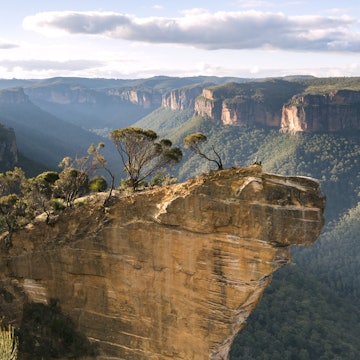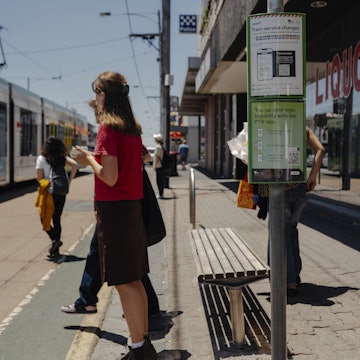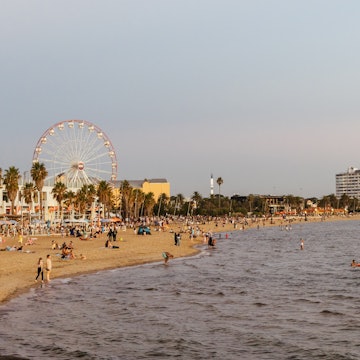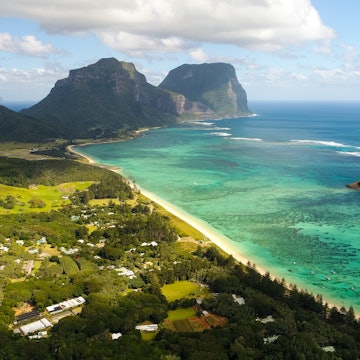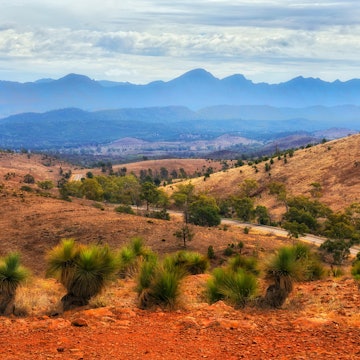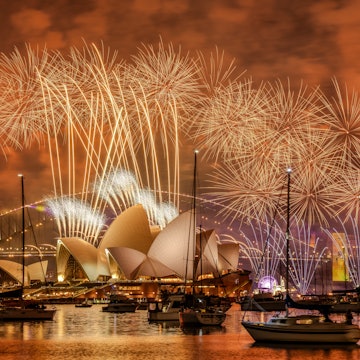

Australia's appeal extends far beyond its iconic coastal towns like Byron Bay (pictured). Getty Images
Nearly 20 years ago as a young Canadian backpacker clutching my guidebook, I arrived in Australia for the first time. I didn’t leave a moment to waste: I went to Sydney’s Opera House. I learned to surf in Byron Bay. I sailed through the Whitsundays and snorkeled on the Great Barrier Reef. I drove across K’gari (known at that time as Fraser Island) in search of dingoes. Really, I did it all. (Or so I thought.)
Four weeks later, I ticked Australia off my “to-visit” list and swore I’d never come back.
Yet, I kept getting pulled back, eventually moving Down Under. Each of my following trips revealed that I’d barely skimmed the surface on my first visit. I’d been a classic victim of what people think they know about Australia.
1. Australia is a destination for people who love the ocean
Are you dreaming of lazing on one of Australia’s white sand beaches? Fair enough – we’ve got about 12,000 of them. But if salt, sun and surfing isn’t your thing, the rest of the country isn’t just red desert. There’s also a 180-million-year-old rainforest, one of the world’s largest tropical savannas and a mountain range that runs for 3,700km down the East Coast’s spine.
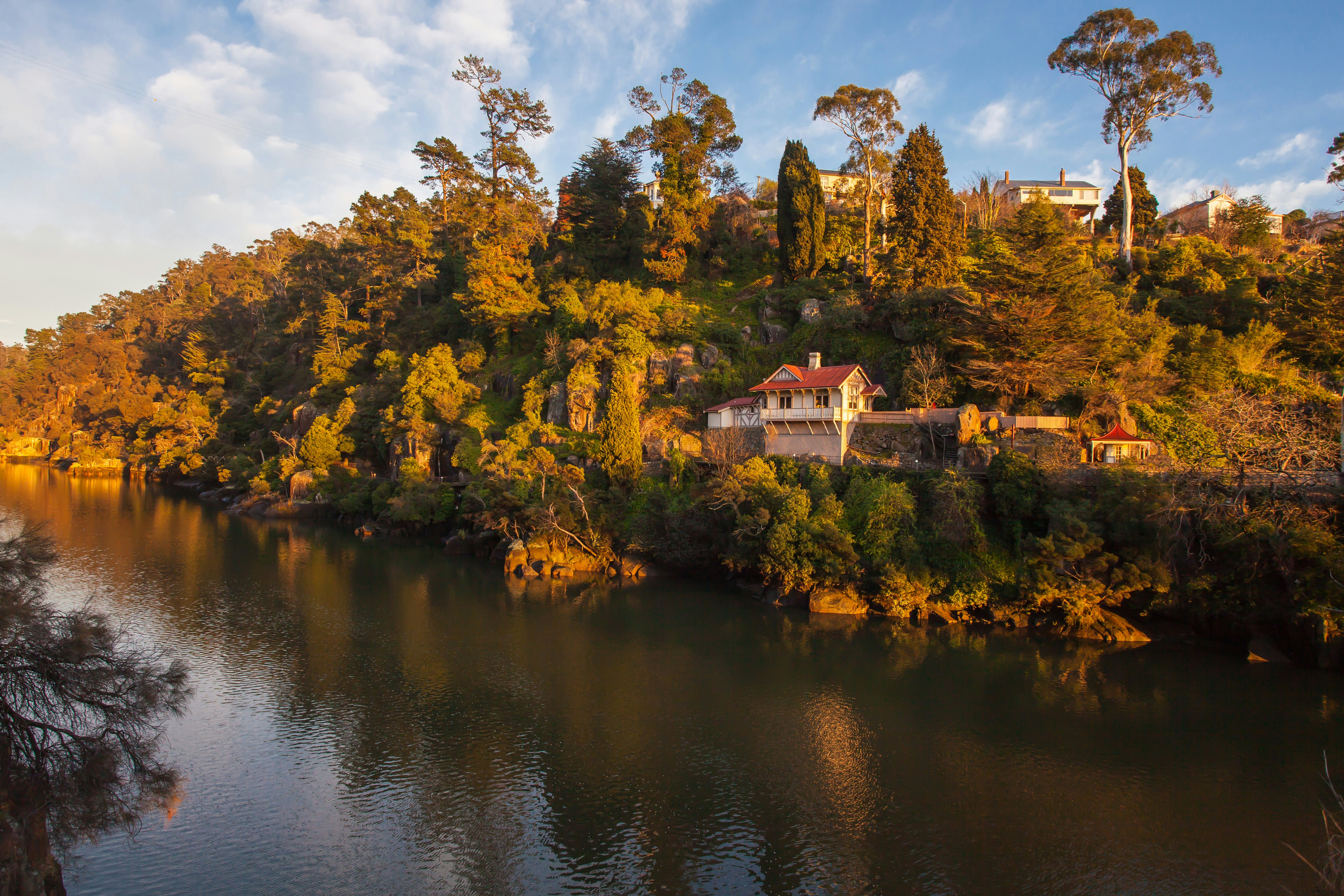
2. Australia’s best attractions are all on the East Coast
Yes, Melbourne has great coffee, Sydney is a world-class city and bohemian Byron Bay is beloved by celebs. But Lonely Planet’s top-selling Australia title is actually our Tasmania guidebook. The island state wins fans for its wildlife encounters (imagine camping on an island where wombats waddle past your tent), farm-to-table culinary scene (the city of Launceston belongs to the exclusive UNESCO Cities of Gastronomy club) and rich Aboriginal and convict-era history.
3. Boomerangs, dot paintings and didgeridoos are the hallmarks of Aboriginal culture
Australia is home to the world’s oldest continuous living culture. However, its Traditional Custodians are far from homogenous, with more than 250 Aboriginal groups whose diverse cultural traditions often reflect the surrounding landscape. The didgeridoo, for example? It’s from an area in the Northern Territory.

4. Koalas and kangaroos are Australia’s cutest animals
There’s no argument that they’re pretty iconic, but they’ve also got some major competition – and we’re not just talking echidnas, platypus or quokkas. Australia is home to dozens of animals you’ve probably never heard of, from potoroos, numbats and quolls, to bilbies and tree kangaroos. According to the Australian Wildlife Conservancy, 87% of the country’s mammals can be found nowhere else on earth.
5. Everything in Australia is out to kill you
Nah, you’ll be alright mate. You’re much more likely to get trampled by a horse than to have a dangerous or deadly encounter with a snake, shark, crocodile or spider. (I’m not even joking.) What you really need to watch out for? Kangaroos. They are known to jump in front of cars on the road, particularly at dawn and dusk.






